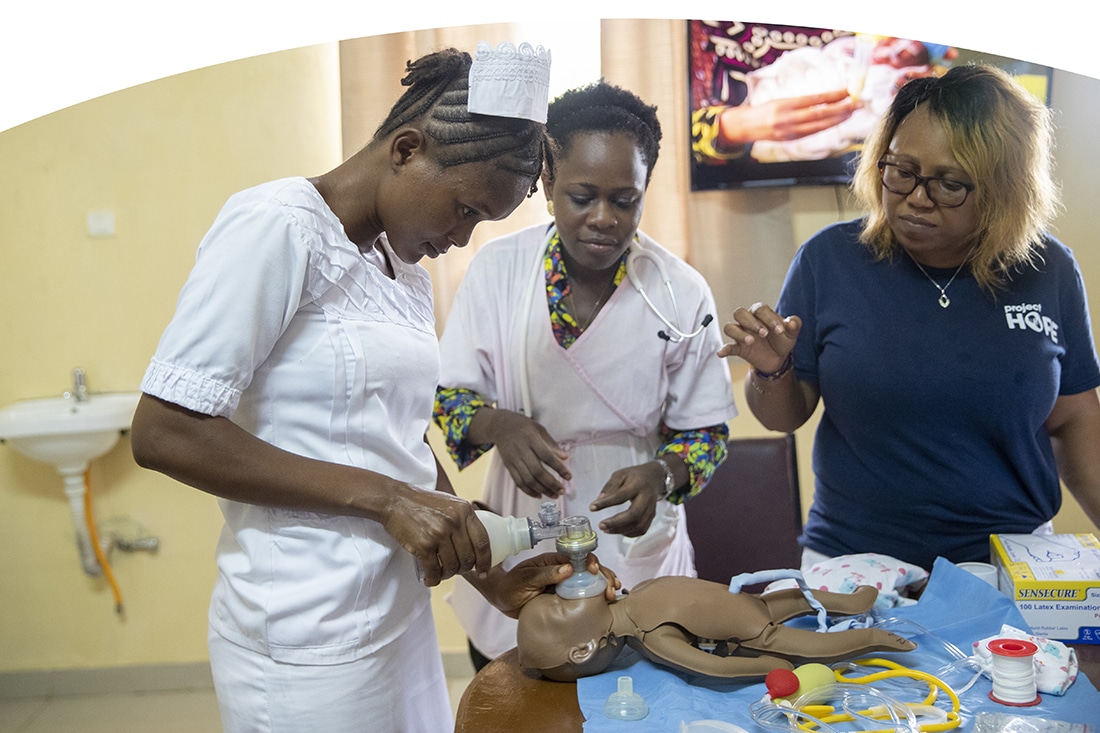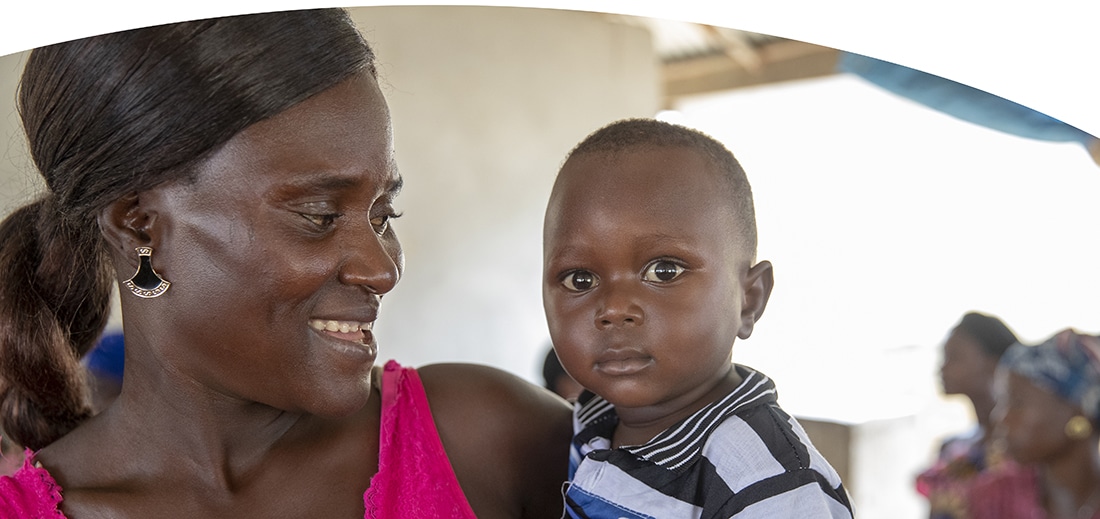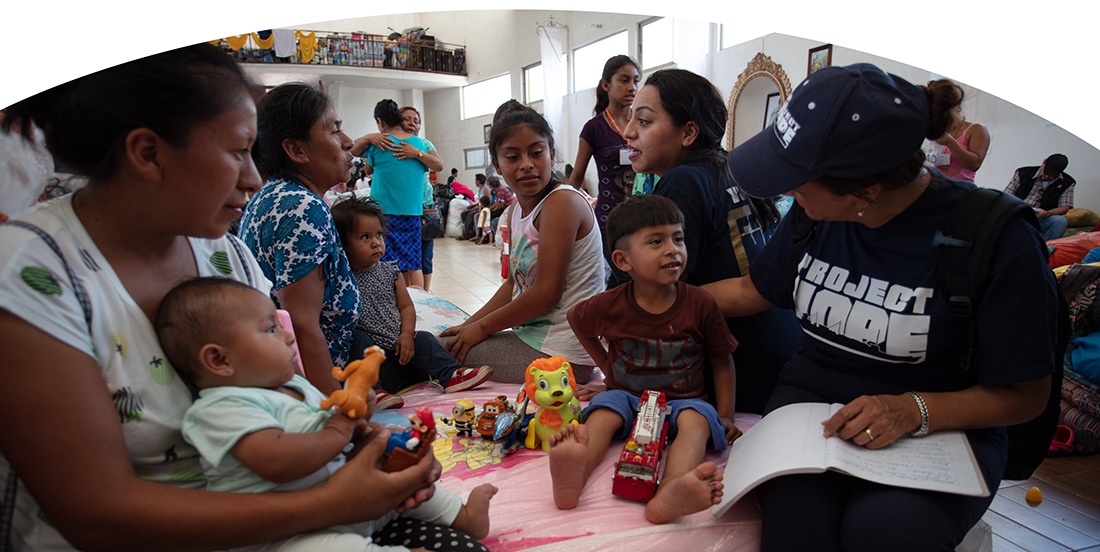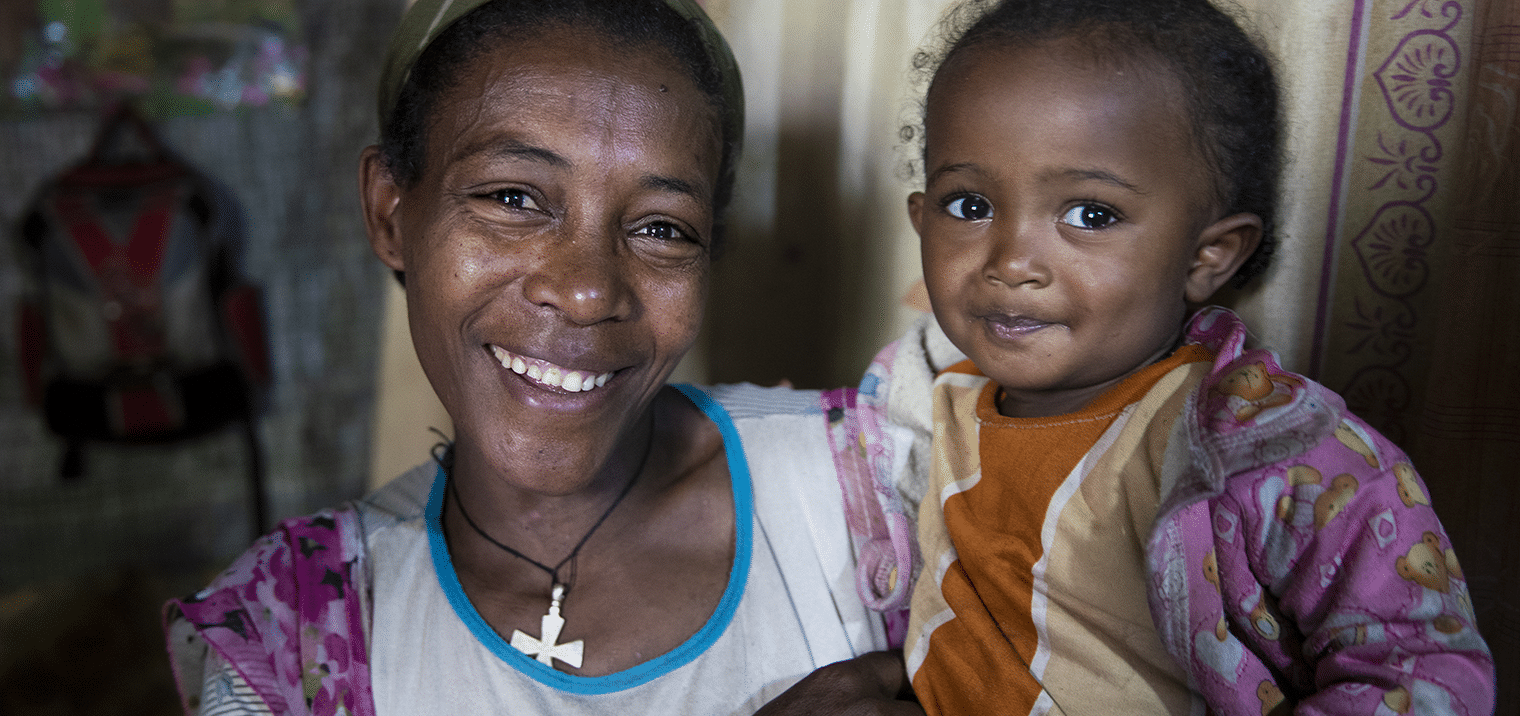
2018 Annual Report
In 2018, we touched the lives of nearly 1 million people around the world through our programs.
Delivering HOPE — Then and Now
The past six decades have been tumultuous times in global health. Men, women, children, and families around the world face ever-changing threats to health, ranging from the rise of noncommunicable diseases to complex health crises caused by conflict, mass migration and natural disasters.
But throughout these six decades, one thing has remained constant — Project HOPE is there. Together with our donors, partners, and volunteers, we made a difference then, and continue to make a difference today.
“We honor our past, but we always look towards the future,” says Reynold Mooney, Project HOPE’s Chair of the Board of Directors. “Our donors and supporters reflect this. Project HOPE’s volunteer alumni group has many members who trace their roots to those early, inspiring SS HOPE missions. But we also have a newer cadre of supporters less aware of our history who are inspired nonetheless by our ongoing vision. Whatever your inspiration, we are deeply grateful for your tangible commitment enabling us to continue to save lives.”
Legacy donor Bill Brand recently decided to leave a legacy gift to Project HOPE in his will. “I’m fortunate to have a little extra money, and I think it’s important to give something back,” he says. “I like to support smart causes, and Project HOPE’s commonsense approach to challenges – well, that appeals to me.”
“As we look to the future, we see increasing needs for the hope we bring, together, around the world, and we’re deeply grateful for you and for your steadfast commitment to saving lives.”
During 2018, we worked together to ease suffering, save lives, and provide hope for communities in need around the world, with active programming in 30 countries.
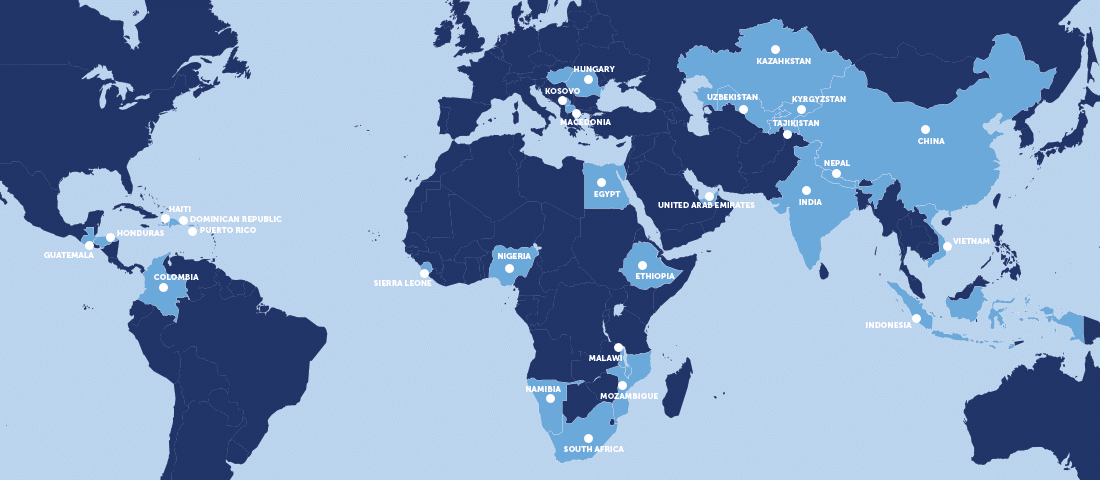

Our Impact in 2018
At Project HOPE, we deliver evidence-based solutions and medical programming, drawing on our 60-plus years of experience.
From the Dominican Republic to Sierra Leone, initiatives funded by generous individuals and partners saved the lives of more than 11,000 newborns by providing vital supplies and equipment and ensuring health workers had the training they need to manage the critical first 28 days after delivery.
Programs like our USAID-funded Community HIV Care and Treatment initiative in Ethiopia and our multi-lateral fight against tuberculosis in Central Asia continued to deliver lifesaving impact. We empowered health workers to screen more than 300,000 people for diseases such as tuberculosis, HIV, diabetes and hypertension, and helped those affected start treatment.
We delivered critical relief following humanitarian crises, including the eruption of the Fuego volcano in Guatemala, the earthquake and tsunami in Indonesia and the economic crisis in Venezuela that drove displacement of Venezuelans into neighboring Colombia.
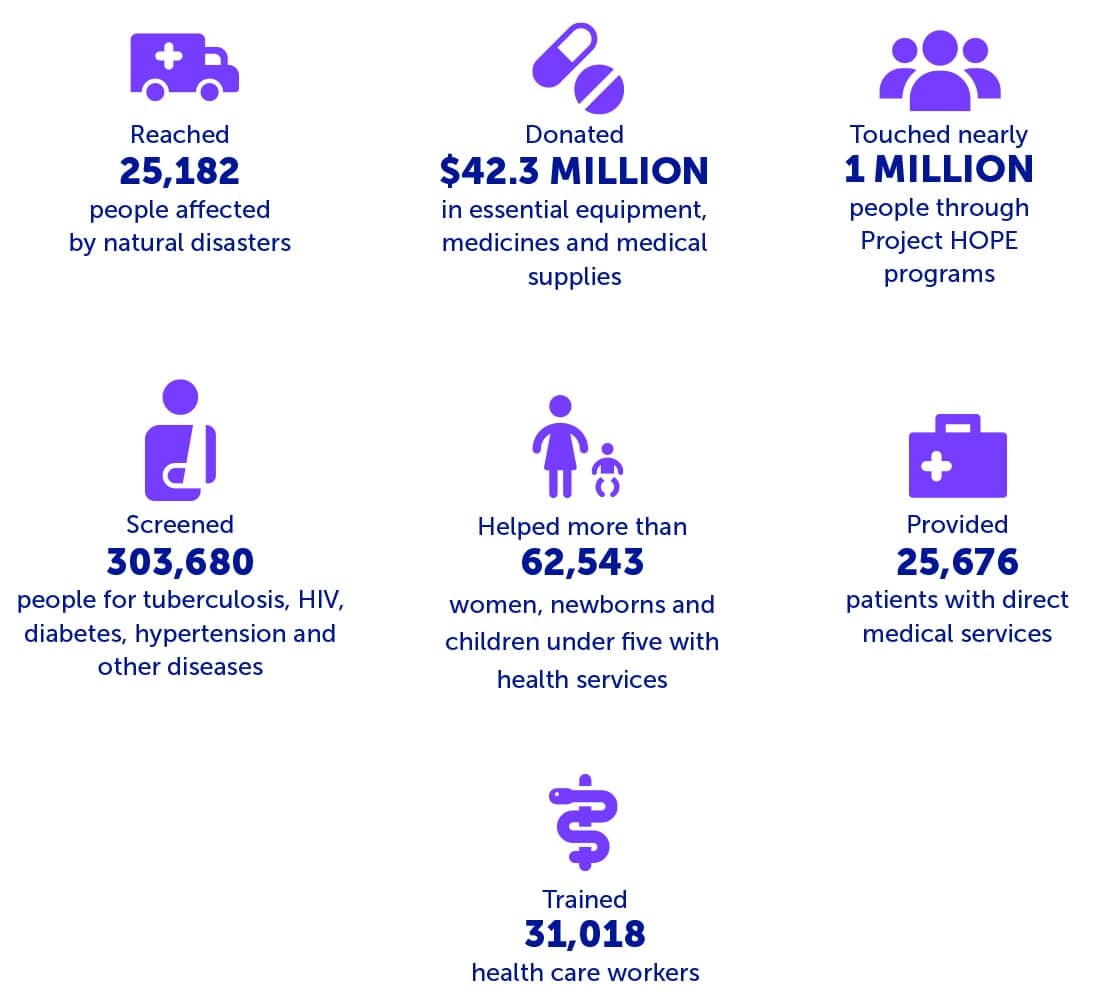

Saving The Lives of Mothers and Babies
In developing nations across the globe, most deaths during childbirth occur from preventable complications. We’re reaching into communities around the world to promote pre- and post-natal care as well as growth monitoring, immunization and nutritional counseling. And that’s saving the lives of mothers and new babies who would otherwise be in grave danger because of treatable complications.
In Indonesia, new mother Marti’s newborn was facing challenges associated with a low birthweight of 4.85 lbs. Soon after delivery, the infant went into perinatal asphyxia, a condition marked by deprivation of oxygen that can cause permanent brain and organ damage in newborns if not treated immediately. Then, a Project HOPE-trained community health volunteer midwife, stepped in. Since 2013, the Saving Lives at Birth program in Indonesia has been supported by the Johnson & Johnson APCC Fund at Give2Asia.
Read Marti and her infant’s story
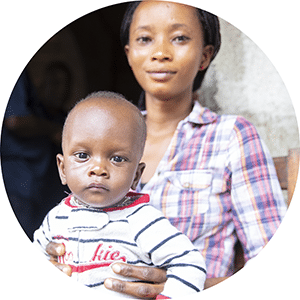 Twenty-year-old Theresa Massaquoi lives in Sierra Leone. When she gave birth to baby Augustine by emergency C-section at just 7 months, the tiny boy weighed just 1.3 pounds. Because of Project HOPE’s work, the hospital where Theresa gave birth to baby Augustine had a Special Care Baby Unit (units for babies that need more care than healthy newborns, but are relatively stable and mature). Instead of mourning a lost baby, Theresa got the information and training she needed to raise a healthy son. Baby Augustine is now nine months old and thriving. Theresa gives the credit to us. “I am so grateful to Project HOPE. You are giving hope to the hopeless.”
Twenty-year-old Theresa Massaquoi lives in Sierra Leone. When she gave birth to baby Augustine by emergency C-section at just 7 months, the tiny boy weighed just 1.3 pounds. Because of Project HOPE’s work, the hospital where Theresa gave birth to baby Augustine had a Special Care Baby Unit (units for babies that need more care than healthy newborns, but are relatively stable and mature). Instead of mourning a lost baby, Theresa got the information and training she needed to raise a healthy son. Baby Augustine is now nine months old and thriving. Theresa gives the credit to us. “I am so grateful to Project HOPE. You are giving hope to the hopeless.”
All of this was made possible by Ferring; a valued partner of Project HOPE since 2008. They provided critical support in our humanitarian disasters and global health programs in China, the Philippines and Sierra Leone.
Success stories like Theresa and baby Augustine’s also wouldn’t be possible without our volunteers — Project HOPE has always been extremely fortunate to have impassioned, dedicated health volunteers who power its mission. In 2018 alone, our volunteer of the year Carolyn gave 1,200 volunteer hours. A nurse with 30 years of experience and former Director of Nursing at Project HOPE, she has both a Ph.D. in higher education and a master’s of nursing. She was the ideal person to consult to create a maternal and child health program in Sierra Leone. “I’m ready to retire,” Carolyn says, “but I feel it’s important to continue to give and share my experience and skills, to mentor and help others.” It’s not just Project HOPE that is grateful for that commitment. There are mothers and babies in Sierra Leone — just like Theresa and Augustine — who will have healthier lives of hope because of the actions of this one remarkable nurse.
Read more about our volunteer of the year, Carolyn Kruger

Disaster Relief Services Across the Globe
When disasters or health crises strike, Project HOPE helps ensure affected communities have access to health services, medicines and supplies when they are most needed. In 2018, we responded to multiple crises around the world — and we stayed until communities had a chance to rebound and recover.
After hundreds were killed or injured in a volcanic eruption in Guatemala, Project HOPE deployed an emergency response team and provided water filters, medicines, medical supplies, equipment and more. We treated patients with burns, respiratory issues, PTSD and other related symptoms following the disaster, as well as chronic conditions such as high blood pressure and diabetes complications.
Read more about our work responding to the Fuego Volcano eruption in Guatemala
Project HOPE nurses and doctors are meeting the needs of Venezuelans who cross into Colombia in search of urgently needed health care. In Venezuela, soaring hyperinflation and shortages of medicines and supplies have caused the health system to collapse. Every day, 3,000 to 5,000 Venezuelans – including doctors, nurses and pharmacists — leave the country in search of food, medicine, health care and other necessities. Some return to Venezuela, while others are leaving more permanently in what is now the largest migration to affect the Americas in modern history.
Read more about our work responding to the Venezuelan crisis in Colombia
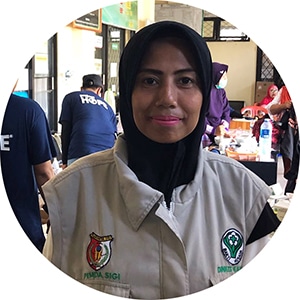 When earthquakes shook Indonesia on September 28, emergency room nurse Ibu Rizka saw a nightmare all around her. Homes, buildings, roads, bridges — all destroyed. After checking to make sure her family was okay, she rushed to the clinic she worked at to help. Project HOPE team members and volunteers reached Rizka’s clinic to help meet the emergency needs, and Rizka became HOPE’s disaster and crisis management coordinator. Our emergency response team brought urgently needed supplies and support, and Rizka arranged visits to nearby towns and villages to assess medical needs and provide in-home medical services to people unable to reach the clinic.
When earthquakes shook Indonesia on September 28, emergency room nurse Ibu Rizka saw a nightmare all around her. Homes, buildings, roads, bridges — all destroyed. After checking to make sure her family was okay, she rushed to the clinic she worked at to help. Project HOPE team members and volunteers reached Rizka’s clinic to help meet the emergency needs, and Rizka became HOPE’s disaster and crisis management coordinator. Our emergency response team brought urgently needed supplies and support, and Rizka arranged visits to nearby towns and villages to assess medical needs and provide in-home medical services to people unable to reach the clinic.
“After the earthquake and tsunami, I first made sure that my family was safe. During the earthquake, I started to evacuate people in my area. I ran to the health center to grab everything that I would need. The next day I went back to get medicines and supplies to provide care in my area.”
Project HOPE’s immediate response in Indonesia in 2018 was made possible with generous support from individuals, companies including AbbVie, BD, Merck & Co., Inc., and UNICEF.
Read more about nurse Rizka and our work in Palu, Indonesia

Confronting Chronic and Infectious Diseases
Millions of people are suffering from untreated disease around the world; those in low-income countries, where health systems are fragile, are particularly at risk. Project HOPE ensures that our approaches are always tailored to suit the specific needs of the countries and communities where we work.
Like so many others in her village, Sarah was born HIV-positive. Taking her medicine was an everyday part of her life … but at 12 years old, she discovered the medicine her parents were taking was less bitter than her prescription. She began secretly taking their pills instead and hiding hers in the family’s farmlands.
Her health began to fade. No one could figure out why until a Project HOPE community health worker discovered Sarah’s switch. “If you don’t take your medicine, and on time,” she told pre-teen Sarah, “you will wake up the wolf. That’s how you have to think of this virus.” We helped the local clinic change Sarah’s medicines so they were less bitter, and Sarah joined one of our youth-run clubs so she can learn to manage her health.
Project HOPE’s work with Sarah and others who are HIV-positive exemplifies our commitment to tackling diseases. Noncommunicable or chronic diseases such as diabetes and hypertension, and other life-long conditions and infectious diseases such as HIV, can be successfully treated. We help patients manage communicable diseases and protect communities from health threats (like HIV or tuberculosis) that could devastate the population.
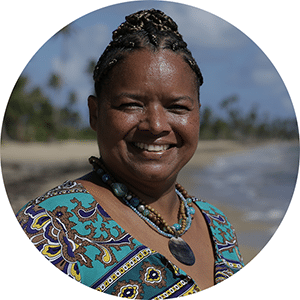 In Puerto Rico, Modesta knows how hard it is to access care for her diabetes. After Hurricane Maria devastated the island, power outages made it difficult to keep insulin refrigerated. Two years on, damage to roads and bridges still makes it hard to get to medical care. And thousands of doctors have left the island in the last several years because of the financial crisis.
In Puerto Rico, Modesta knows how hard it is to access care for her diabetes. After Hurricane Maria devastated the island, power outages made it difficult to keep insulin refrigerated. Two years on, damage to roads and bridges still makes it hard to get to medical care. And thousands of doctors have left the island in the last several years because of the financial crisis.
So Modesta is glad to learn about the best practices to manage her diabetes — like getting exercise and working with a Project HOPE nutritionist. Modesta has found the information so helpful that she’s gotten training to join the community health council. Now she helps her neighbors as she herself has been helped. Like so many others, Modesta is passing on a life of hope.

Timely, High-Impact Health Policy Analysis
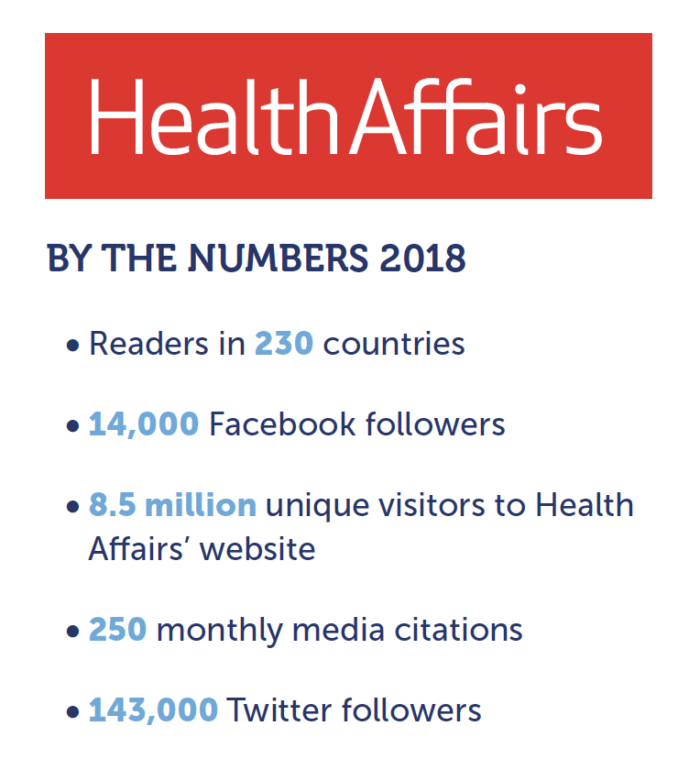 Project HOPE’s journal, Health Affairs, remains the premier journal of health policy in the U.S. and required reading for an ever-increasing group of policy experts and consumers.
Project HOPE’s journal, Health Affairs, remains the premier journal of health policy in the U.S. and required reading for an ever-increasing group of policy experts and consumers.
In 2018, there were six Health Affairs thematic issues: Diffusion Of Innovation; Advancing Health Equity; Precision Medicine; Patient Safety; Telehealth; and California: Leading The Way?
Additionally, the Health Affairs Blog published nearly 600 blogs. Contributors included health policy leaders from current and past administrations; elected officials from federal, state and local governments; and leading researchers in the field. Ideas raised in Health Affairs Blog were also widely debated in social media.
For the issue focused on health policy in California, editor-in-chief Alan Weil noted in his editor’s letter, “As the nation’s most populous state, and the world’s fifth-largest economy if it were its own country, California certainly has lessons for us all.” At an event in Sacramento about that issue, attended by state legislators and other policy makers, Jennifer Kent, then director of the California Department of Health Care Services, was one of the presenters.
In 2018, Health Affairs announced the formation of the Council on Health Care Spending and Value. The Council, co-chaired by Margaret Hamburg, former commissioner of the U.S. Food and Drug Administration, and William Frist, former Senate majority leader, will provide a focal point for discussion, analysis and action, and make recommendations about ways the U.S. could approach health spending more deliberately.
Learn more about Health Affairs

Financial Summary
Project HOPE’s low overhead means more of your support goes to funding health projects around the world. Project HOPE has earned a reputation for financial integrity and efficiency. We take stewardship seriously, and we work to maximize the value of every contribution we receive.


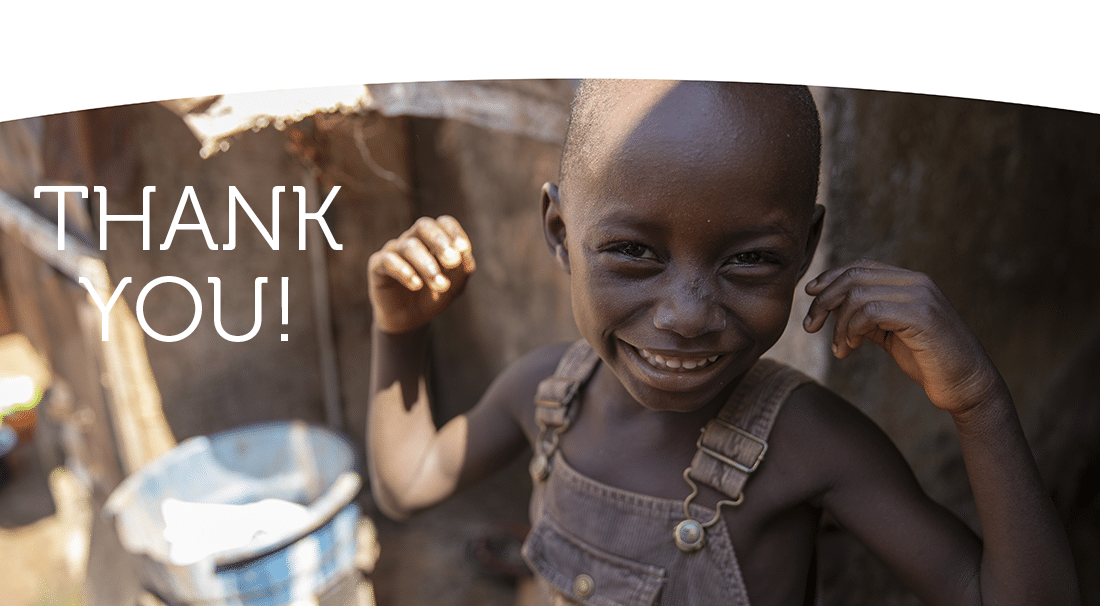
How you can help
Make a lifesaving gift to support our work now and for the future at projecthope.org/donate.
Are you a health-care or other professional who would like to learn more about volunteering abroad with Project HOPE? Learn more about our volunteer program and join our volunteer roster.
Stay up-to-date on this story and our lifesaving work around the world by following us on Facebook, Instagram, LinkedIn and Twitter, and help spread the word by sharing stories that move and inspire you.
